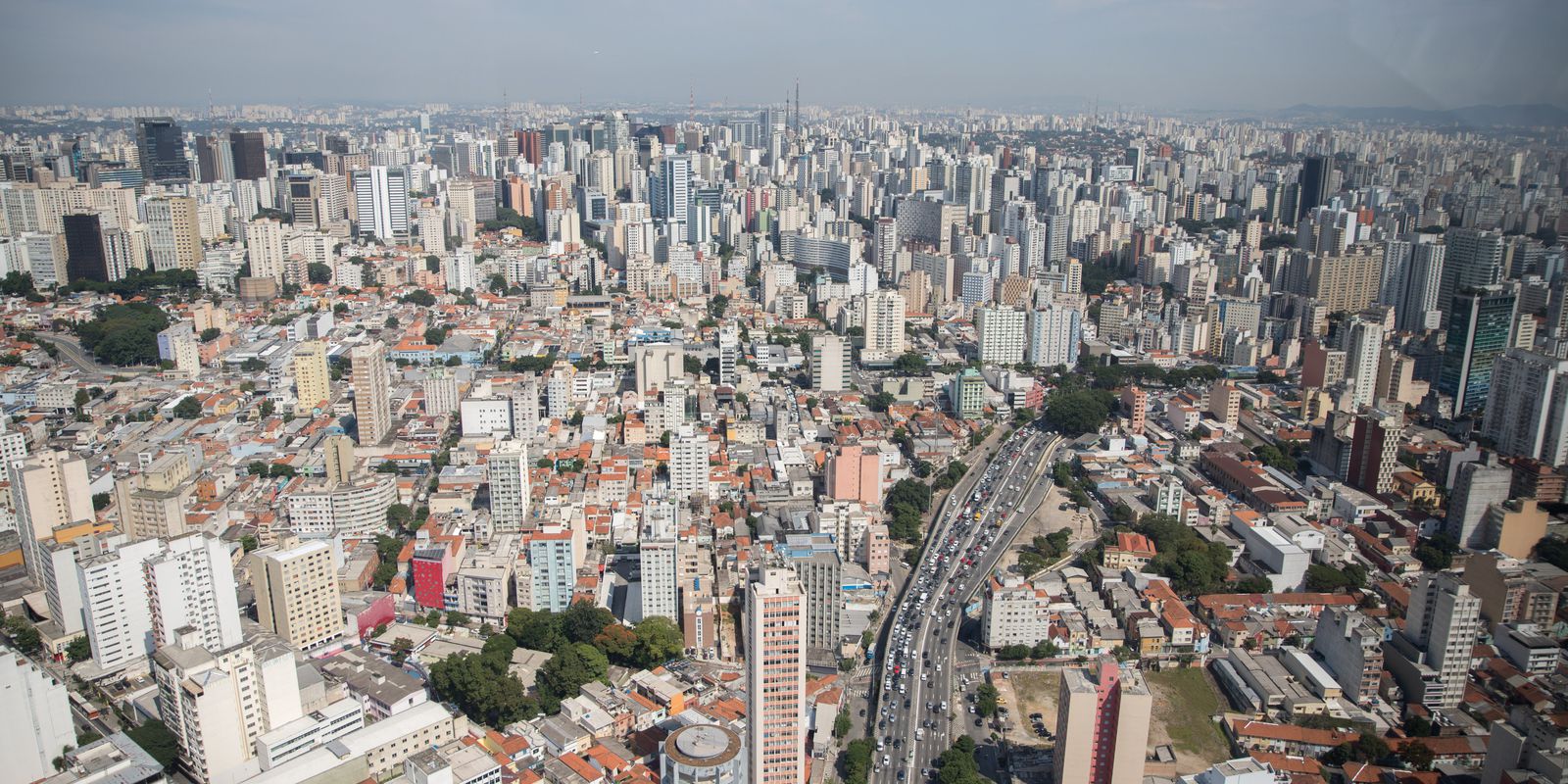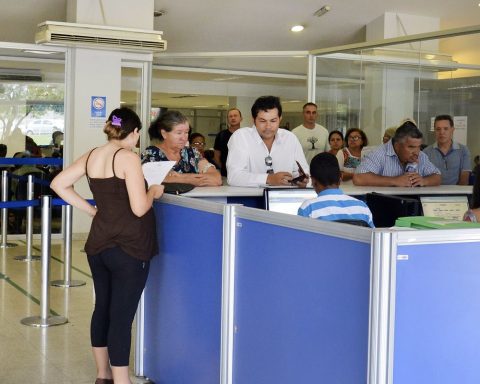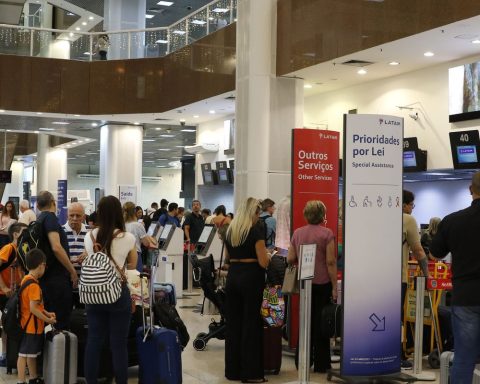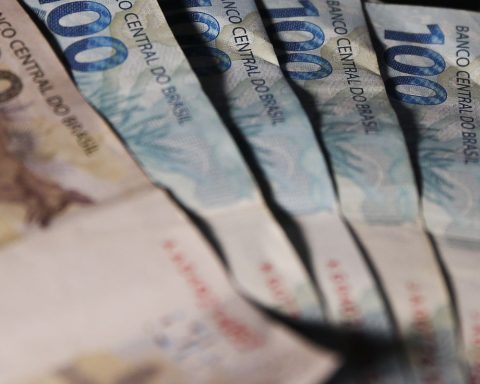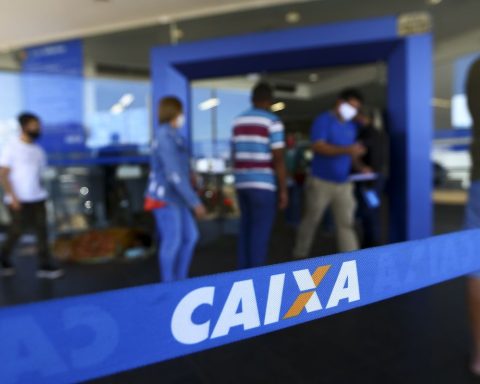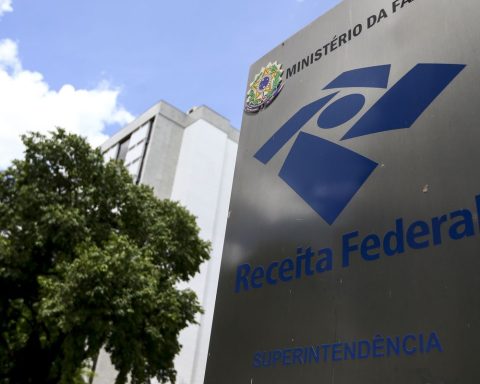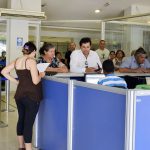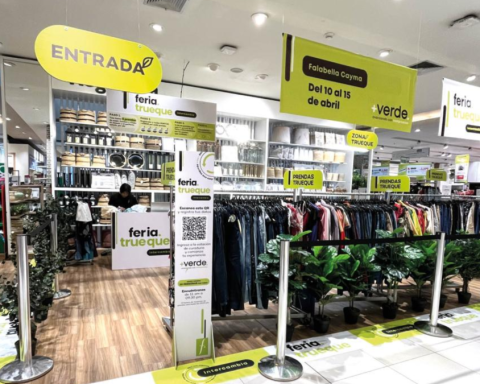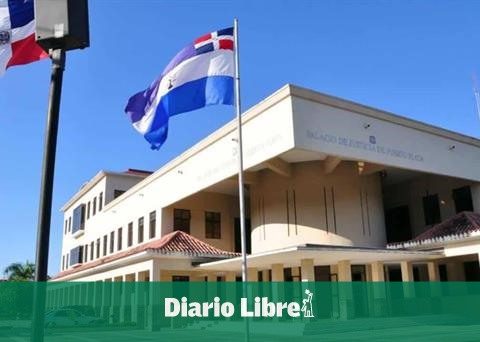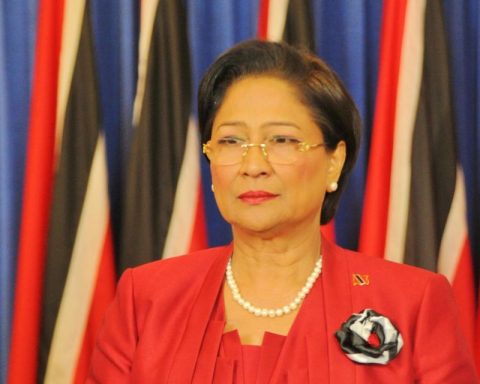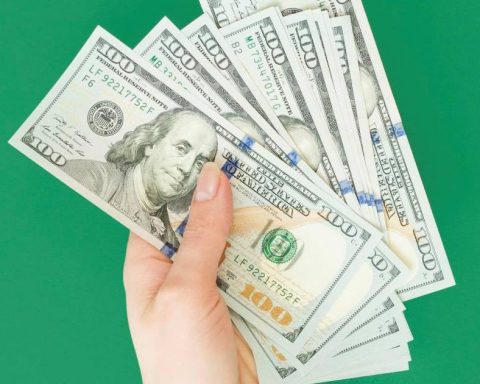The Brazilian real estate market recorded a positive balance last year, despite problems such as rising prices and inflation. The number of new property sales grew 12.8% compared to 2020. Property launches increased by 25.9% and the final offer (unsold properties) closed the period with 3.8% growth.
The data are from the National Real Estate Indicators study for the 4th quarter of 2021, carried out by the Brazilian Chamber of Construction Industry (CBIC) and the National Industrial Learning Service (Senai Nacional), in partnership with Brain Intelligence Strategic.
The information was released today (21) at a press conference online. The data collected and analyzed include 176 cities, 22 of which are capitals.
For the president of the Brazilian Chamber of Construction Industry (CBIC), José Carlos Martins, “the biggest problem that civil construction has today is the lack of manpower, because the sector is very heated. This is because, in 2020 and in the In the first half of 2021, sales were very good and we hit record after record. The consolidated numbers for 2021 are positive, but this needs to be read carefully, because in the last quarter the curve stabilizes and starts to decrease”.
According to the study, the launches and sales of the second half of 2021 were affected by the change in the economic scenario and, mainly, by the effects of the increase in the costs of construction inputs. In addition, there was an effective reduction in the purchasing power of families.
“Back then, we used to say that the increase in cost was not compatible with the increase in people’s income. The IPCA [Índice Nacional de Preços ao Consumidor Amplo] must be around 10%, the Civil Construction Index is around 20%, that is, the cost of construction has risen much more than the capacity to replace wages.”.
According to Celso Petrucci, chairman of the CBIC’s Real Estate Industry Commission, real estate prices increased by 6.12% in the last quarter of 2021, compared to the previous quarter. Petrucci points out that the construction companies were not passing on the increase in costs to the price, but that now the final consumer is absorbing the rise in material prices.
Buy intention
In the last 12 months, the population’s intention to purchase real estate remained stable, with 5% of the population stating that they intend to buy real estate.
According to Marcos Kahtalian, partner at Brain Inteligência Estratégica, 62% of Brazilians have no purchase intention; 20% intend to, but have not started to actively seek; 12% have intention, but only searched on the internet; and 6% intend to and have already started visiting properties and sales stands. “Willingness to buy has, the big concern is if the property fits in the pocket”.
Green and Yellow House
In the Federal government’s housing program, Casa Verde e Amarela (CVA), sales increased 3.4% in 2021 compared to the previous year. For the president of the CBIC, the market should be positively affected by the new subsidy curve that will come into effect between March and April of this year. The expectation is that the improvement in sales can make the numbers of the indicators stay close to those of last year.
According to the Ministry of Regional Development, with the increase in the price of construction inputs, real estate values fell outside the Casa Verde e Amarela program. The subsidy curve, which varies with income, family composition or family location, was then altered. “What we did was to increase the value of this subsidy to more families, especially those who receive up to R$ 2 thousand. This reduces the risk of financial agents and improves the purchasing condition of families that are the main focus of the program”, he stated, in interview with the ministry portalthe national secretary of Housing, Alfredo dos Santos.
The survey also analyzed the participation of the Casa Verde e Amarela housing program in the total number of units launched and sold in all Brazilian regions. In the last quarter of 2021, compared to the previous quarter, the number of launches rose by 28.3%, sales were down by 0.3% and the final offer was up 12.1%.
In the 4th quarter, the program’s share of total units sold fell slightly from the previous quarter, from 47% of all properties sold in Brazil to 45%. Regarding launches, of the total for the 4th quarter, 41% were from Casa Verde and Amarela.
The region with the highest number of units sold by CVA in the last quarter of 2021 was the Southeast with 18,167, followed by the Northeast with 5,248. The South Region had 3,614 sales through the housing program, the Midwest had 1,660 and the North, 721.
Numbers
Compared to 2020, launches increased by 25.9%. The Southeast Region led with growth of 32% and 159,662 units launched in the period. Midwest recorded an increase of 29.3%, with 20,186 units launched, the Northeast grew 22.1%, with 37,643 launches. In the South Region, there were 41,884 launches, an increase of 11.8% and the North had 6,303 launches, an increase of 0.8%.
In the comparison between the 3rd quarter of 2021 and the 4th, the general value launched (VGL), which is the multiplication of the number of units launched with the amount charged for each one, the variation was 42.5%, totaling R$ 42 billion. In 2021, the variation was 48.9% compared to the previous year, with a VGL of R$ 116 billion. In 2020, the value was BRL 78 billion.
The final offer increased 10.4% in the 4th quarter compared to the previous one and reached 232,566 units offered, not sold, in December 2021. Considering the average sales of the last 12 months, if there are no new launches, the final offer could be sold in 10.7 months, which, in Petrucci’s assessment, is not much.
In the 4th quarter, sales increased by 3.6%. However, only the Southeast region recorded an increase in sales, with 15.5% and 39,556 units sold in the quarter. The North region recorded the biggest drop in sales in the period, which reached 22.9%, with 1,428 units.
Considering the year 2021 in relation to 2020, the Northeast Region recorded the highest percentage of growth, with 16.7% more in sales, followed by the Southeast, with an increase of 14.3%, Central-West (11.1%) , South (8.2%) and North with a fall of 4.6%.
